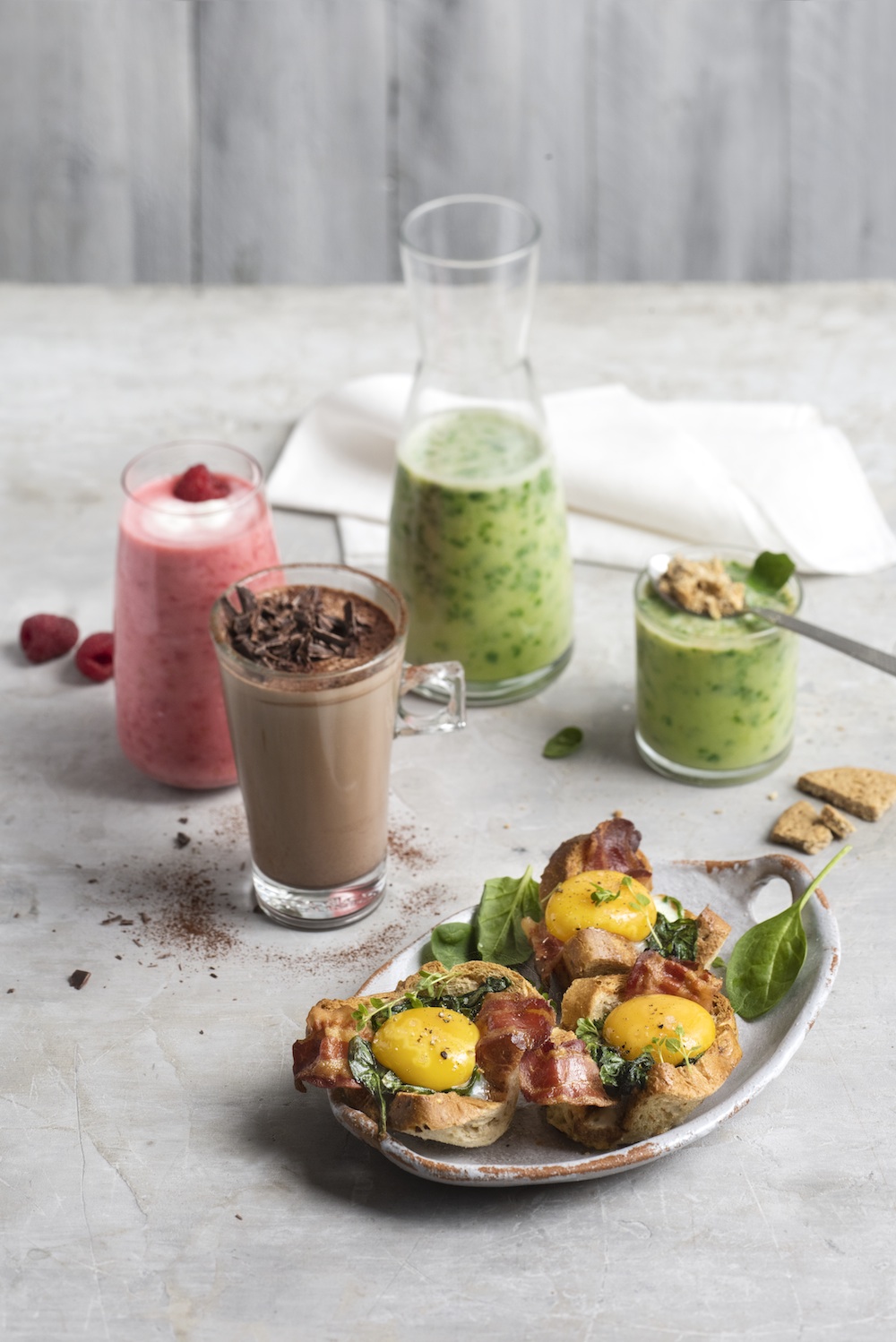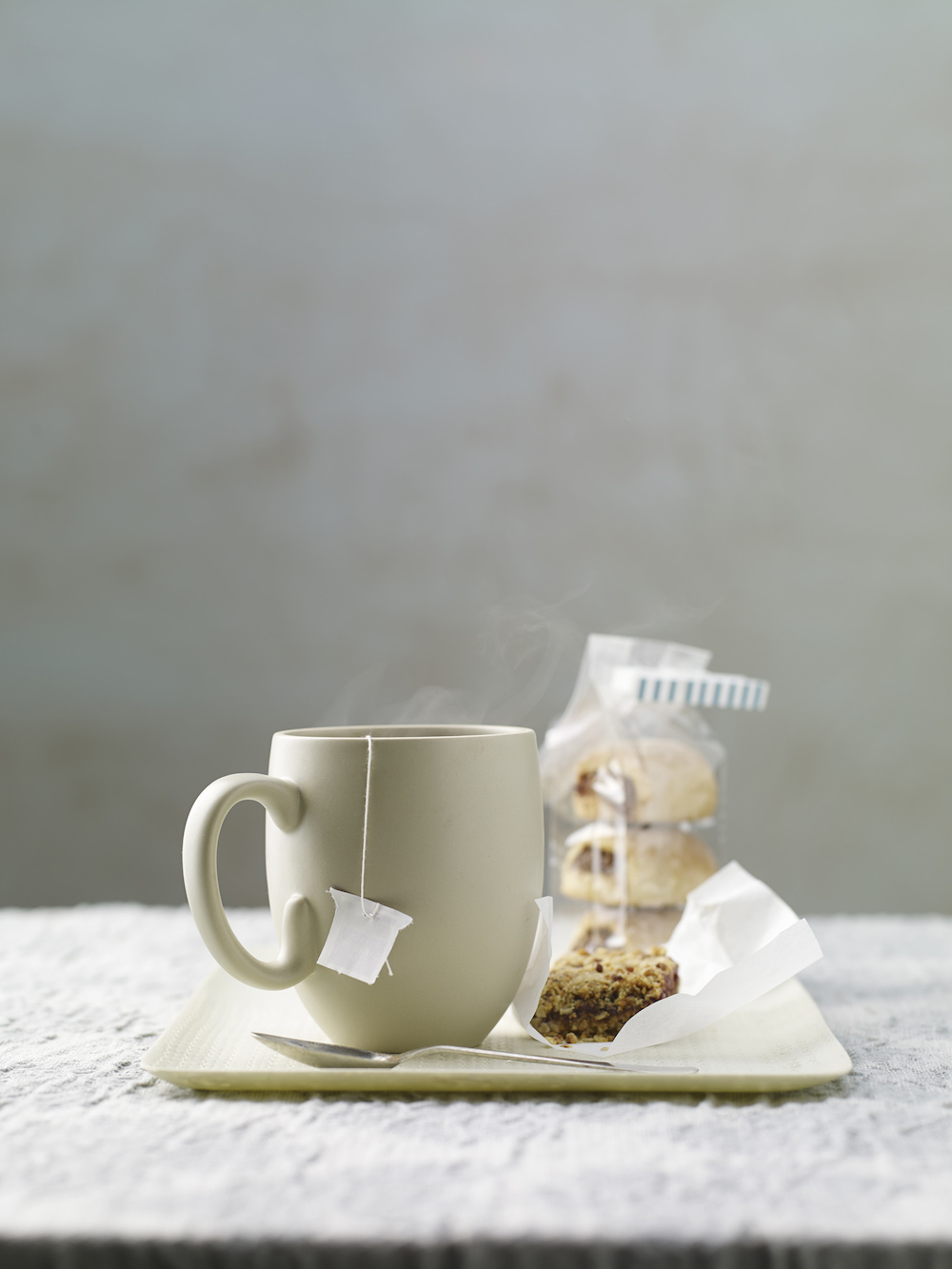To warm up or relax, to purify or detoxify, to fight anxiety or insomnia, to digest better or stimulate a sluggish intestine, but also to lose weight or deflate, strengthen the immune system or fight colds: there are many reasons that push Italians to turn more and more often to herbal teas, whose sales continue to grow year after year.
That infusions of herbs, flowers, plants and roots help you feel better is out of the question, but that they are a universal remedy, with therapeutic properties and without side effects, to be taken without worries is false. Here, then, are the tips to take only the best from herbal teas.
Don't expect miracles
Herbal teas are an excellent solution for maintaining the right degree of hydration in the body, especially in those who do not feel thirsty and struggle to drink regularly. They also allow you to take advantage of the advantages of heat, which is a vasodilator, and to take plant extracts that could have positive effects, but you shouldn't expect them to lose weight, burn fat or have detox powers: these are all properties that scientific research does not has yet ascertained.
Do not overdo it
Good and hot, herbal teas are often a cuddle that we allow ourselves during the day. A good habit, certainly, as long as you don't overdo it. The fact that they are "natural" preparations, ie based on herbs or flowers, does not mean that they cannot have unpleasant effects. Thousands of chemicals of natural origin are taken with a herbal tea, which in any case can have effects on the human body. In addition, there are plants that can be allergenic, and therefore cause unwelcome reactions (for example, in the skin or intestine), or that can interfere with the intake of drugs. In particular moments of life (such as pregnancy) or if you have health problems it is good to consult your doctor before taking herbal teas on a regular and frequent basis. A classic case is that of those with low blood pressure to whom herbal teas (especially draining ones) are not recommended because they promote diuresis and, therefore, further lower the pressure. While those who take statins to lower cholesterol must give up those based on tea, even decaffeinated.
Packaged ones are better
Do-it-yourself can be risky: it is better to rely on herbal teas sold at the supermarket or those prepared by a graduate herbalist or an expert pharmacist. In any case, it is preferable to purchase products packaged in sachets as they carry information on their composition, suggestions for use and the name of the packer, which certifies their origin, on the label. And then on the packages there is the date by which it is preferable to consume them: an important information given that, with the passage of time, herbal teas "age" and gradually lose their properties.
Better the simple ones
It is difficult to resist herbal teas made up of several "ingredients", because they are those with the richest bouquet in taste and aroma. However, in these mixtures the individual components are present in low doses and, therefore, the bioavailability of their active ingredients is lower. So, if you drink the herbal tea just for the pleasure of it, no problem choosing a mix. To reach higher concentrations of the active ingredient, the infusion times can be increased (from 5 to 10 minutes), or two filters can be placed in the same cup, but in this case it is advisable not to exceed two cups a day.
But if you want to get all the benefits of herbal teas, it is better to choose those that do not contain more than five different medicinal plants. The ideal are those based on a single plant: cumin, anise or fennel to digest, lime, mint or lemon balm to relax, dandelion, birch or nettle to purify.
Never boiling water
Hot, yes, but not hot: herbal teas should be drunk this way both to get the best out of their active ingredients and to avoid health risks, as reported by the International Agency for Research on Cancer. Warm yes, then, but not very hot (never above the temperature of 65 °).
December 2021
Manuela Soressi



 My mother has always maintained that breakfast is the most important meal of the day. When we all lived together, I made fun of her conviction as I helped her set the table from the night before, so that the awakening of our family was welcomed by the comfortable warmth of the
My mother has always maintained that breakfast is the most important meal of the day. When we all lived together, I made fun of her conviction as I helped her set the table from the night before, so that the awakening of our family was welcomed by the comfortable warmth of the After the economic boom
After the economic boom BREAKFAST HAS BECOME A HABIT FOR 86% OF ITALIANS, WHO DEDICATE YOU AT LEAST 10 MINUTES IN THE MORNING. AMONG THESE, 85% CONSUME THE FIRST MEAL OF THE DAY AT HOME AND 40% DO IT WITH CALM, ALSO USING 30 MINUTES. THE FOODS THAT GO FOR THE MAJOR ARE THE COOKIES, PREFERRED BY 58% OF THE
BREAKFAST HAS BECOME A HABIT FOR 86% OF ITALIANS, WHO DEDICATE YOU AT LEAST 10 MINUTES IN THE MORNING. AMONG THESE, 85% CONSUME THE FIRST MEAL OF THE DAY AT HOME AND 40% DO IT WITH CALM, ALSO USING 30 MINUTES. THE FOODS THAT GO FOR THE MAJOR ARE THE COOKIES, PREFERRED BY 58% OF THE